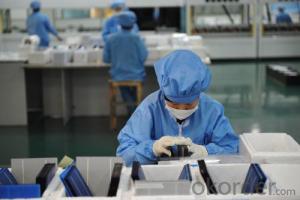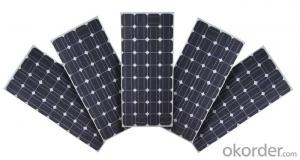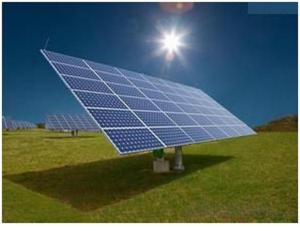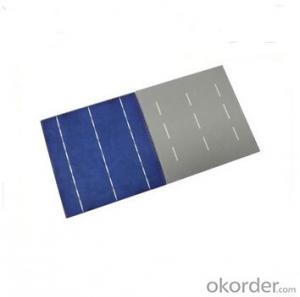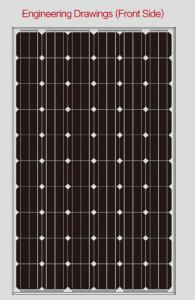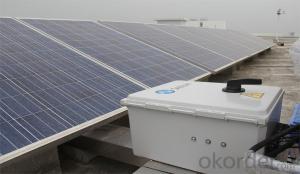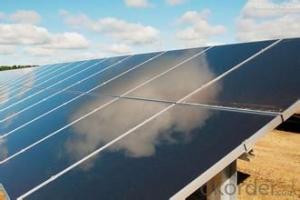Pv Solar Cells
Pv Solar Cells Related Searches
Raw Material For Solar Cells Roof Shingles With Solar Cells High Quality Solar Cells Light Trapping In Solar Cells High Performance Solar Cells High Output Solar Cells Pv Cells In Solar Panels Energy Transfer In Solar Cells Recombination In Solar Cells Hot Solar CellsHot Searches
Cheap Solar Cells For Sale Flexible Solar Cells For Sale Q Cells Solar Panels For Sale Printed Solar Cells For Sale Bulk Solar Cells For Sale 6x6 Solar Cells For Sale Broken Solar Cells For Sale Cpv Solar Cells For Sale Photoelectric Cells For Sale Price Of Silicon Solar Cells Price Of Solar Cells Over Time Buy Solar Cells From China Cheap Solar Cells China Best Type Of Solar Cells Flexible Solar Cells Price Q Cells Solar Panels Price 3 Types Of Solar Cells Production Of Solar Cells Common Types Of Solar Cells Q Cells Solar Panel PricesPv Solar Cells Supplier & Manufacturer from China
Okorder.com is a professional Pv Solar Cells supplier & manufacturer, offers integrated one-stop services including real-time quoting and online cargo tracking. We are funded by CNBM Group, a Fortune 500 enterprise and the largest Pv Solar Cells firm in China.Hot Products
FAQ
- How can the huge solar cells be applied into the market?
- The huge solar cells are more used in the industrial project, which needs more power supply in one time. Without the huge solar cells, it might not be able to work at all.
- The maximum efficiency achievable by a solar cell is determined by the Shockley-Queisser limit, which states that the theoretical maximum efficiency is around 33.7%. However, in practice, most commercially available solar cells have efficiencies ranging between 15% to 22%.
- Solar cells have a positive impact on reducing water usage as they do not require water for their operation, unlike traditional energy sources such as coal or natural gas power plants. By generating electricity from sunlight, solar cells help conserve water resources that would otherwise be used for cooling and steam production in conventional power generation processes. This reduction in water consumption contributes to conserving this precious resource and mitigating the impacts of water scarcity in regions where water availability is limited.
- Solar cells are not directly affected by high levels of pollen allergies. However, if pollen accumulates on the surface of solar panels, it can potentially reduce their efficiency. Regular cleaning and maintenance can help mitigate any impact on performance in areas with high pollen allergies.
- Solar cells can perform well in extreme weather conditions, including high temperatures and cold temperatures, as long as they are properly designed and installed. However, extreme weather events such as heavy snow or hailstorms can potentially damage solar panels. Overall, solar cells are quite resilient and can continue to generate electricity even in challenging weather conditions.
- Solar cells are not affected by electromagnetic fields from power lines as they are designed to convert sunlight into electricity and not sensitive to external electromagnetic interference.
- The amount of energy a solar cell can generate depends on various factors such as its size, efficiency, and the amount of sunlight it receives. On average, a solar cell can generate anywhere from a few watts to several hundred watts of power.
- Solar cells play a crucial role in powering agricultural irrigation as they convert sunlight into electricity, providing a renewable and sustainable energy source. By harnessing solar power, farmers can operate irrigation systems efficiently, reducing reliance on fossil fuels and minimizing carbon emissions. This enables them to irrigate crops effectively, improving yields and ensuring sustainable agricultural practices.


